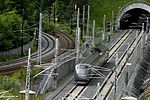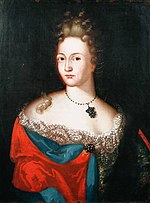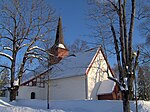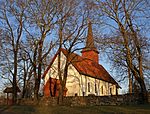Billingstad station
1919 establishments in NorwayRailway stations in AskerRailway stations in Norway opened in the 1910sRailway stations on the Drammen LineRailway stations opened in 1919
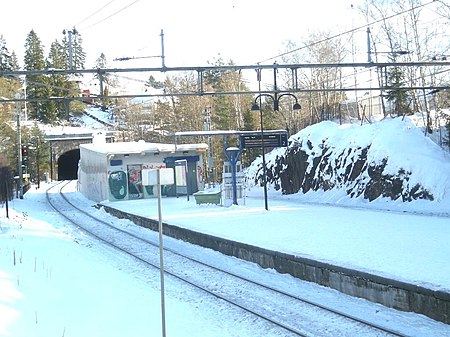
Billingstad Station (Norwegian: Billingstad stasjon) is a railway station of the Drammen Line located at Billingstad in Asker, Norway. Situated 17.62 kilometers (10.95 mi) from Oslo Central Station, it consists of an island platform and serves the L1 line of the Oslo Commuter Rail operated by Vy. The station served 255,000 passengers in 2012. It opened on 3 March 1919; it received a rebuilt in 1958, becoming an elevated station on a section of double track.
Excerpt from the Wikipedia article Billingstad station (License: CC BY-SA 3.0, Authors, Images).Billingstad station
Billingstadveien, Asker
Geographical coordinates (GPS) Address Nearby Places Show on map
Geographical coordinates (GPS)
| Latitude | Longitude |
|---|---|
| N 59.875 ° | E 10.483888888889 ° |
Address
Billingstadveien
1396 Asker, Berger
Norway
Open on Google Maps
